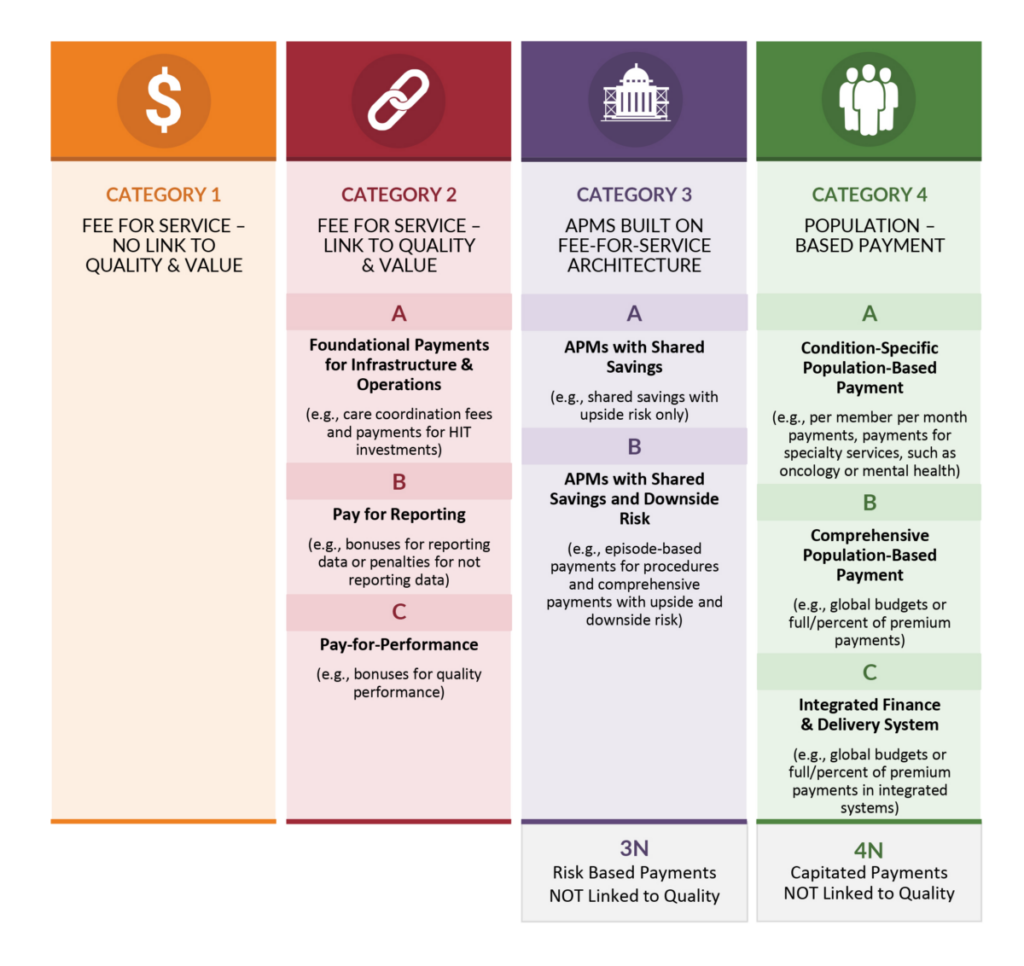The Evolution of Contract Law: Principles, Challenges, and Modern Trends

Introduction Contract law serves as the backbone of commercial transactions and interpersonal agreements, ensuring predictability and fairness in contractual relationships. Over centuries, contract law has evolved to address changing economic, technological, and societal landscapes. This article explores the foundational principles of contract law, its historical evolution, contemporary challenges, and emerging trends shaping its future.
Foundational Principles of Contract Law
Contract law is rooted in several key principles that establish the validity and enforceability of agreements:
- Offer and Acceptance: A contract is formed when one party makes an offer that another party accepts, demonstrating mutual agreement.
- Consideration: Each party must provide something of value (money, services, goods) in exchange for the other party’s promise.
- Capacity: Individuals entering contracts must have the legal capacity to do so, meaning they are of sound mind and legal age.
- Legality: The contract’s purpose must be lawful; agreements involving illegal activities are void and unenforceable.
- Intention to Create Legal Relations: The parties must intend for their agreement to be legally binding.
- Genuine Consent: Contracts formed through fraud, duress, undue influence, or misrepresentation may be voidable by the affected party.
Historical Development of Contract Law
Contract law has undergone significant transformations from ancient times to modern legal systems:
- Ancient Legal Codes: The Code of Hammurabi (circa 1754 BC) included early contract law principles, emphasizing obligations and penalties.
- Roman Influence: Roman law introduced pacta sunt servanda (agreements must be kept), a fundamental contract principle.
- Common Law Evolution: The English common law system developed enforceable contracts based on precedent, significantly influencing global contract law.
- The Industrial Revolution: The rise of commerce led to standardized contracts, increasing the need for consumer protections and fairness regulations.
- Modern Legal Frameworks: Today, international agreements, digital contracts, and statutory laws further define and refine contract enforcement mechanisms.
Contemporary Challenges in Contract Law
Despite its well-established principles, contract law faces several modern challenges:
1. Digital Contracts and E-Signatures
With the proliferation of online transactions, digital contracts and electronic signatures have become crucial. Laws such as the Electronic Signatures in Global and National Commerce Act (E-SIGN Act, U.S.) and the EU’s eIDAS Regulation provide legal recognition to electronic agreements. However, concerns remain over security, authentication, and jurisdictional conflicts.
2. Smart Contracts and Blockchain
Smart contracts—self-executing agreements on blockchain networks—pose questions about legal enforceability, dispute resolution, and the applicability of traditional contract doctrines. While they reduce reliance on intermediaries, they also introduce risks related to coding errors and inflexible execution.
3. Consumer Protection and Unfair Terms
Standard form contracts often favor businesses, leading to unfair terms that disadvantage consumers. Legal mechanisms like the Unfair Contract Terms Act 1977 (UK) and the Magnuson-Moss Warranty Act (U.S.) aim to balance consumer rights and corporate interests.
4. International Contract Disputes
Global trade requires cross-border contracts governed by different legal systems. The United Nations Convention on Contracts for the International Sale of Goods (CISG) helps harmonize international contract laws, but issues of jurisdiction, enforcement, and choice of law persist.
5. COVID-19 and Force Majeure
The COVID-19 pandemic forced many businesses to invoke force majeure clauses to excuse contractual obligations due to unforeseen circumstances. Courts have varied in their interpretations, emphasizing the importance of clear and precise contract drafting.
Emerging Trends in Contract Law
As law adapts to technological and economic changes, several trends are shaping the future of contract law:
1. Increased Use of AI in Contract Drafting
Artificial intelligence (AI) tools now assist in contract creation, analysis, and risk assessment. AI-driven platforms like Kira Systems and LawGeex enhance efficiency, though concerns over bias, accountability, and error liability remain.
2. Greater Emphasis on Sustainability Clauses
Contracts increasingly incorporate sustainability and ethical considerations, particularly in supply chains and corporate governance. Agreements now address Environmental, Social, and Governance (ESG) factors, promoting responsible business practices.
3. Expansion of Alternative Dispute Resolution (ADR)
Traditional litigation is costly and time-consuming, leading to the rise of arbitration, mediation, and online dispute resolution (ODR) as preferred contract enforcement methods.
4. Data Privacy and Cybersecurity Provisions
With increasing data breaches, contracts now feature robust data protection clauses aligning with laws like the General Data Protection Regulation (GDPR) and the California Consumer Privacy Act (CCPA) to safeguard user information.
Conclusion
Contract law remains a dynamic field, evolving with societal needs and technological advancements. While foundational principles ensure stability, modern challenges demand continuous adaptation. Digital contracts, AI, smart contracts, and regulatory changes will shape the future of contractual relationships, making it crucial for legal professionals and businesses to stay informed and proactive.


